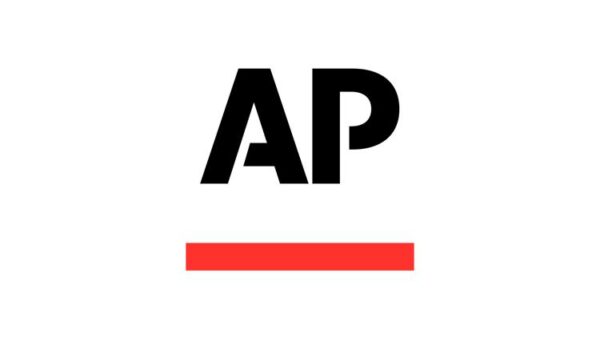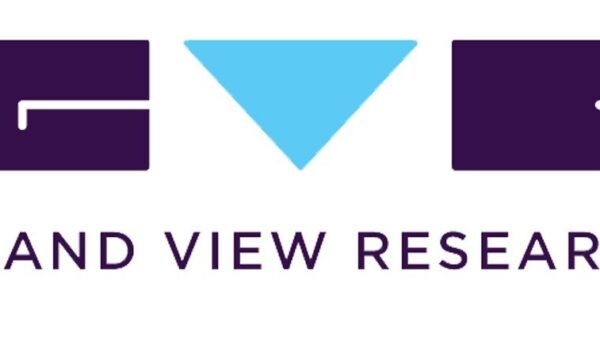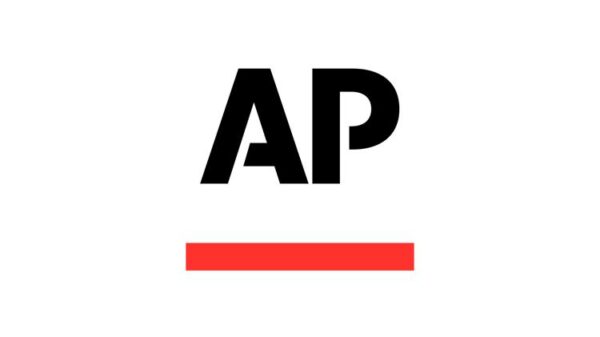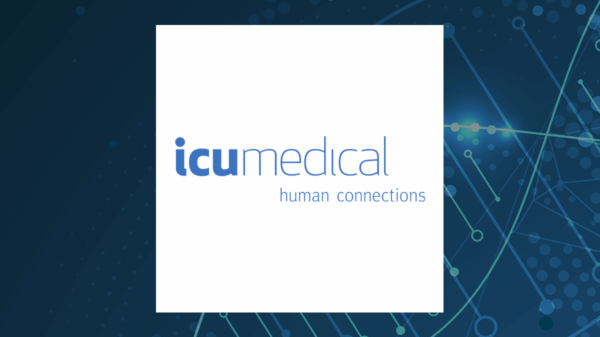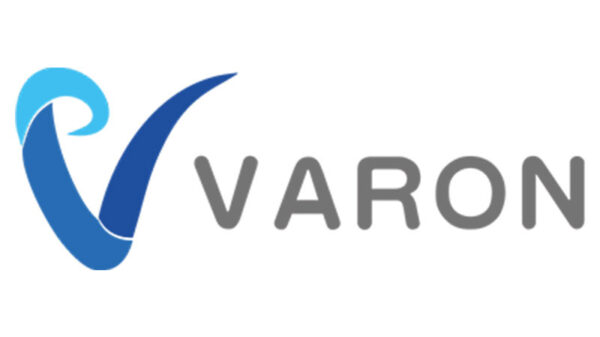The demand for adaptable, multi-skilled employees is more pressing than ever as industries evolve due to AI and automation. With approximately 47% of employers offering tuition reimbursement programs, the potential for professional development is significant. Yet, only 2% of employees take advantage of these offerings. Understanding how to navigate this process can lead to valuable opportunities for career advancement.
Understanding Tuition Reimbursement Programs
Tuition reimbursement is designed to support employees pursuing further education. Typically, an employee pays for courses upfront and is reimbursed by their employer upon completion. This benefit may also include programs where the employer directly pays educational institutions, known as direct billing.
One aspect of these programs that is particularly appealing is the potential tax advantage. Under IRS §127, employers can provide up to $5,250 annually, tax-free, for educational expenses. This is especially relevant in light of the costs associated with higher education, as some institutions, such as Northeastern University, structure their programs to fit within this tax limit, allowing employees to potentially incur no out-of-pocket expenses after reimbursement.
Navigating Eligibility and Coverage
Eligibility for tuition reimbursement varies among employers, but common prerequisites include full-time employment status, a tenure of 6-12 months, and courses relevant to the employee’s current role or career goals. Employees should check their company handbook, Human Resources Portal, or discuss with a supervisor to determine if such programs are available.
Covered expenses generally include tuition, textbooks, and course materials. However, certain costs such as travel, housing, and application fees may not be covered. Employees are encouraged to explore shorter-term programs or graduate certificates, which provide targeted skills in a more cost-effective manner.
Making a case for tuition reimbursement involves preparation. Employees should research their company’s policy thoroughly, including application processes, deadlines, and potential caps on reimbursement. Understanding the specifics of the desired program—such as its cost, duration, and accreditation—will strengthen the employee’s position when discussing reimbursement with management.
Articulating the mutual benefits of tuition assistance can enhance the likelihood of approval. A study by Cigna and the Lumina Foundation indicates that tuition reimbursement programs return a 129% ROI to companies, making a compelling argument for employers. Highlighting how professional development aligns with the company’s strategic goals can further support the request.
Overcoming Common Misconceptions
Despite the benefits, many employees may hesitate to pursue tuition reimbursement due to misconceptions. For instance, some believe that reimbursement is limited to traditional degrees. In reality, many employers are now recognizing the value of shorter, skills-focused programs. These alternatives often provide immediate application of new knowledge, making them attractive options.
Another widespread belief is that only entry-level employees benefit from these programs. In truth, professionals at all career stages can enhance their skills and adapt to changing job market demands. Those in leadership positions can use tuition reimbursement to refine their skills or pivot to specialized roles.
Potential applicants may also worry about the complexity of the application process. While procedures differ by company, most are manageable with adequate preparation. Employees should not shy away from discussing tuition reimbursement simply because they fear being “trapped” in a commitment period. In fact, studies show that 75% of employees are more likely to remain with a company after utilizing these benefits.
Taking the Next Steps
Employees interested in securing tuition reimbursement should approach the topic with their employer thoughtfully. Timing is essential; performance reviews or informal check-ins can provide a conducive environment for discussion. Preparation is key—bringing documentation such as program syllabi, cost breakdowns, and potential outcomes can aid in making a persuasive case.
If an employer lacks a formal tuition reimbursement program, employees can still advocate for educational support by proposing options such as a professional development stipend. Exploring financial aid or flexible payment plans with educational institutions can also be beneficial.
In summary, employer-sponsored tuition reimbursement programs present a valuable opportunity for professional growth. By understanding the details of these programs, preparing effectively, and dispelling common myths, employees can take meaningful steps toward advancing their education and careers. With the right approach, the investment in education can yield significant benefits for both employees and employers.








